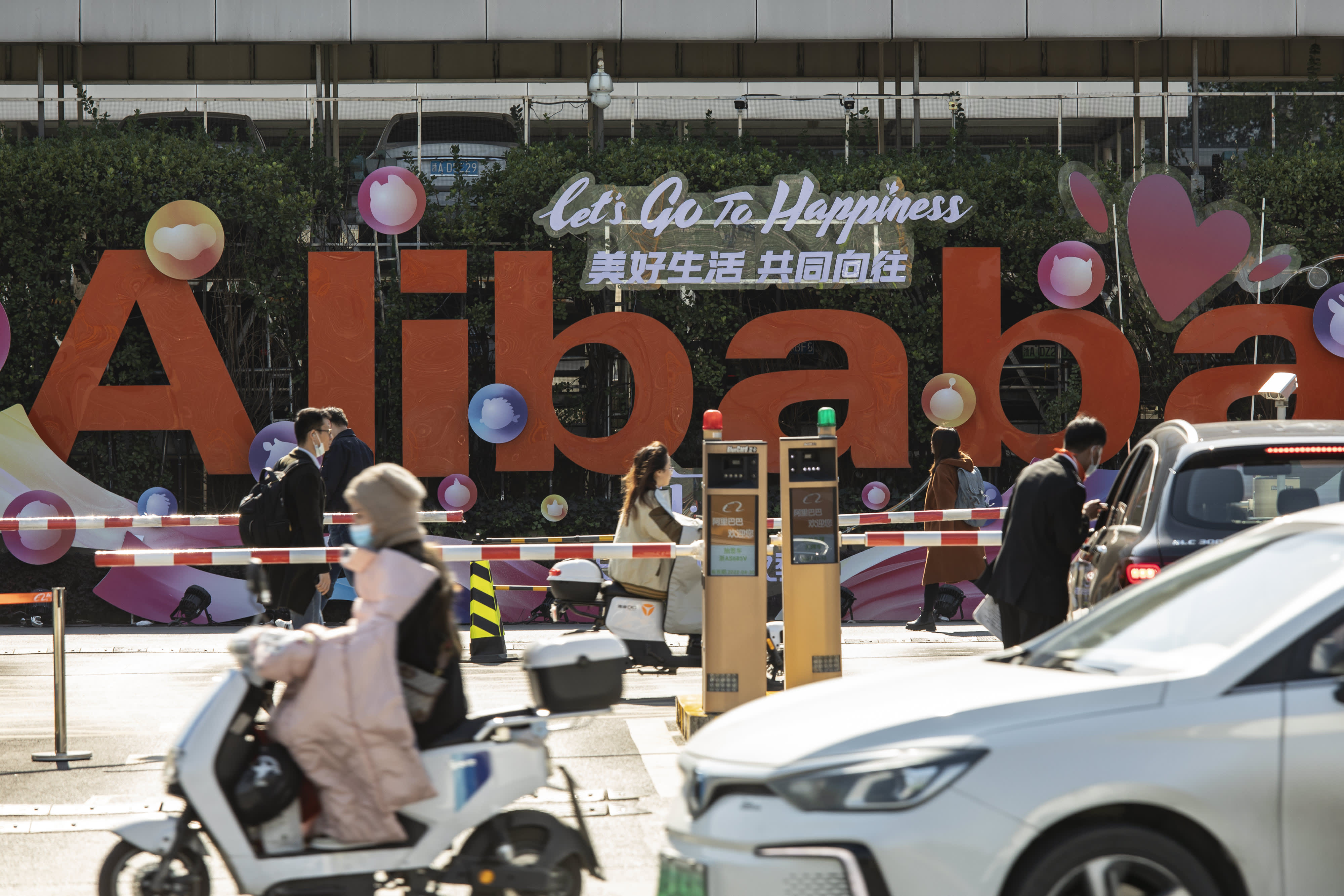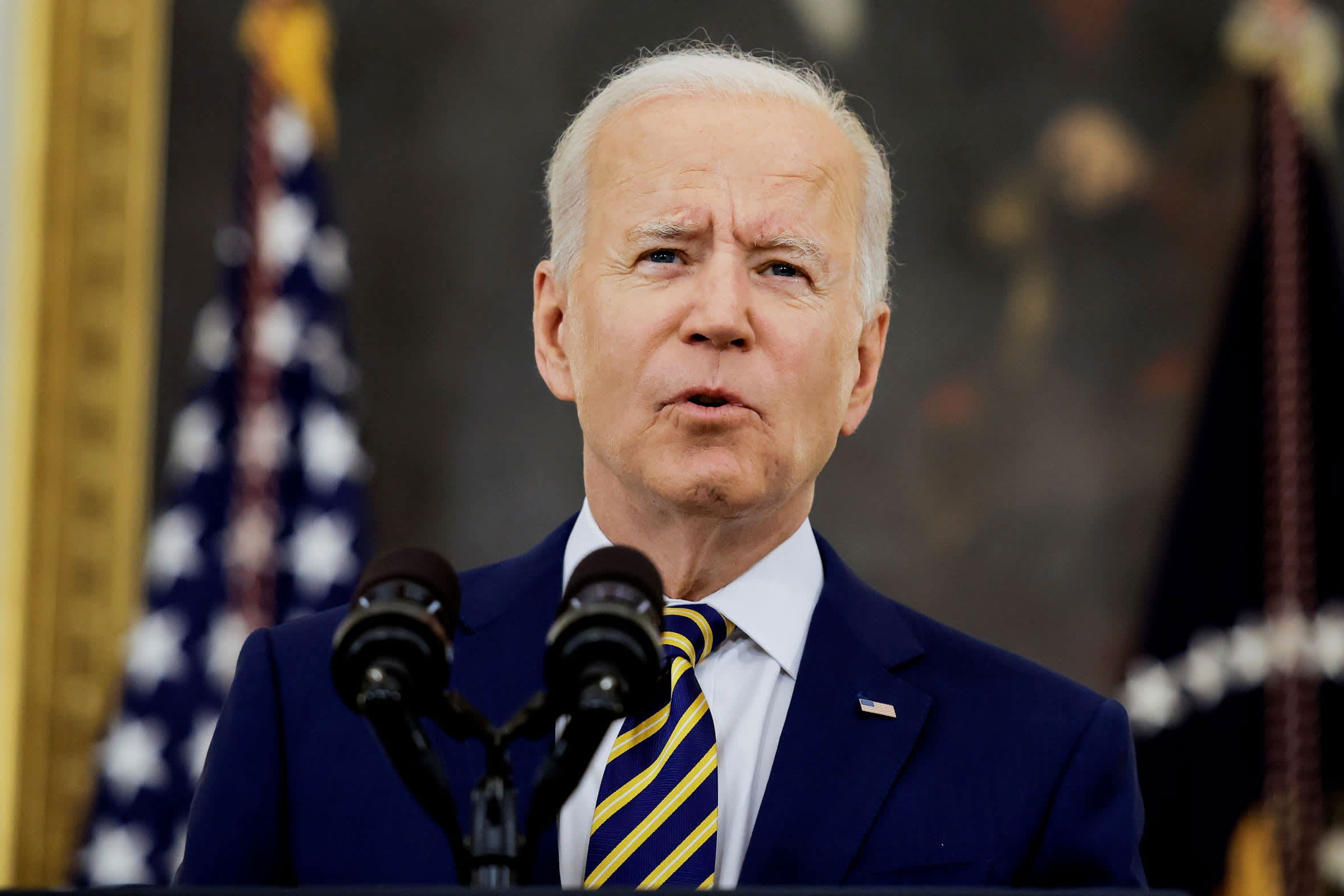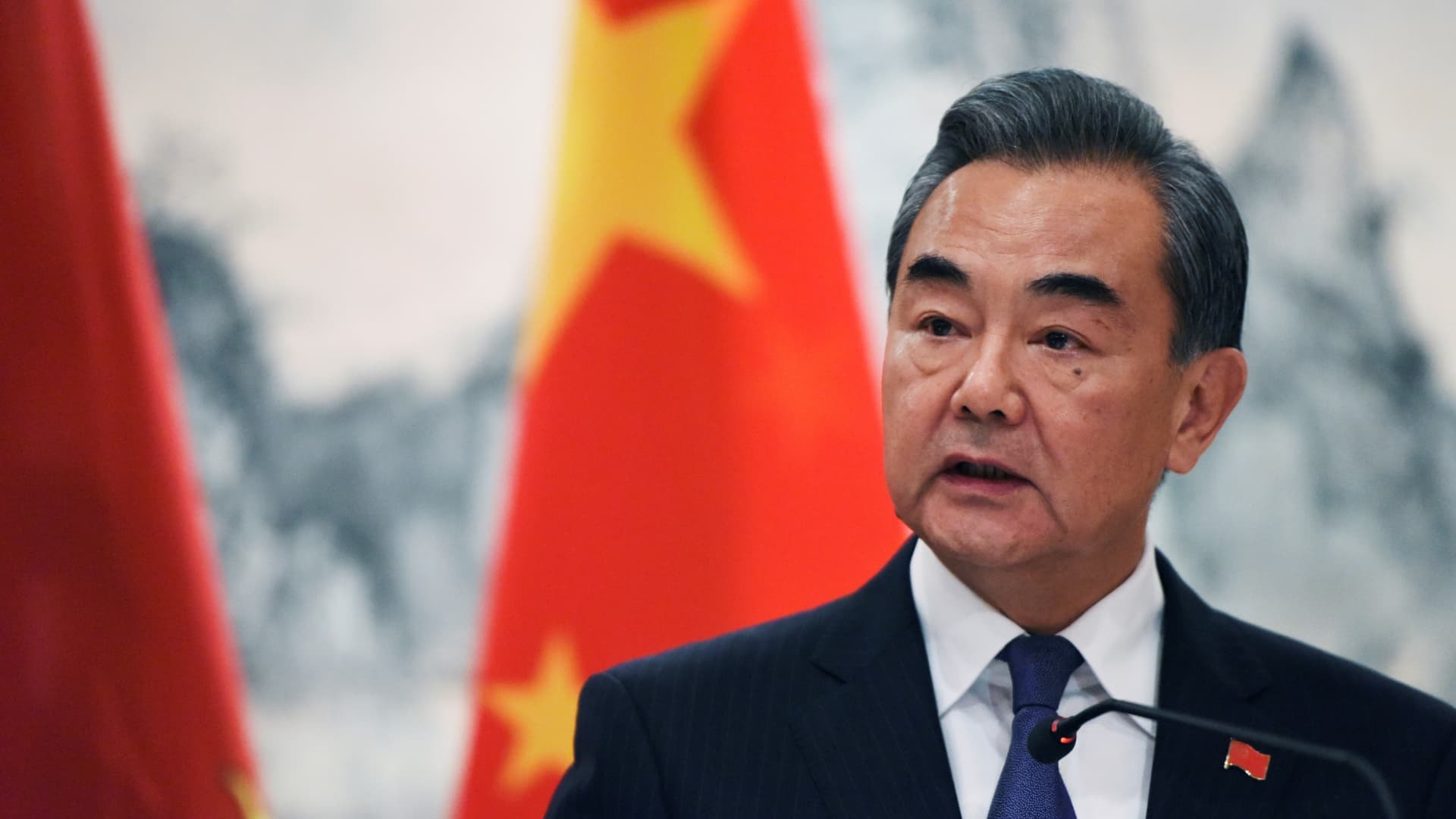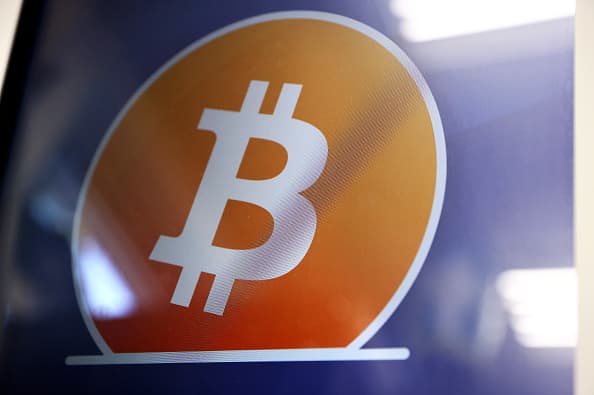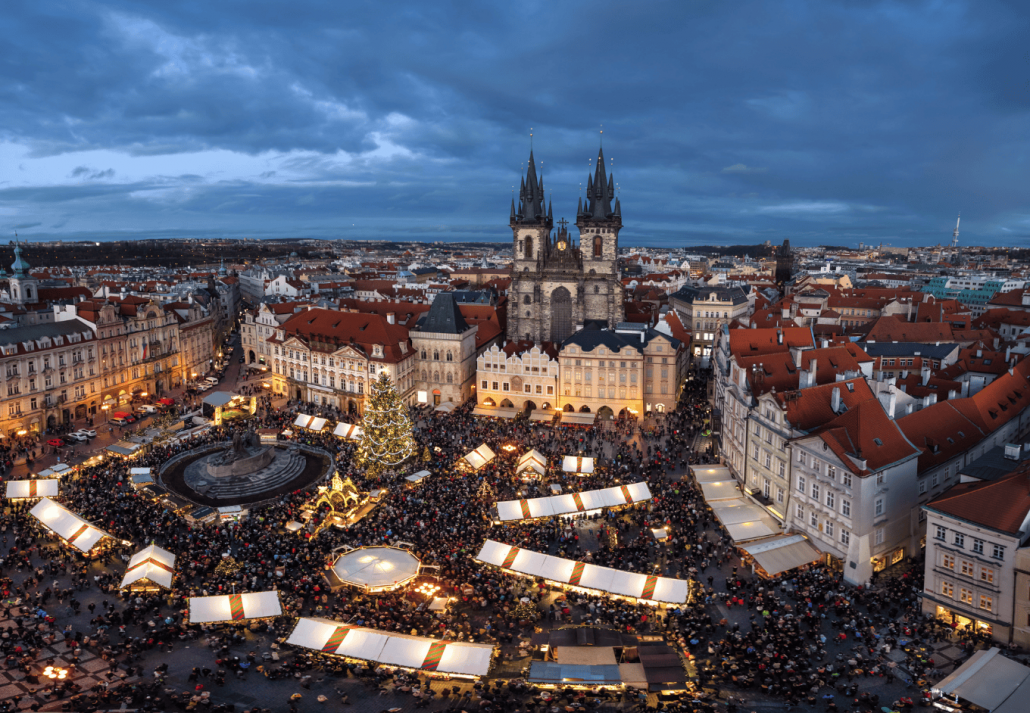Chip industry under threat with neon production set to fall off a cliff following Russia's invasion of Ukraine
The war in Ukraine could see the production of neon, a critical gas in advanced chip manufacturing, fall off a cliff.
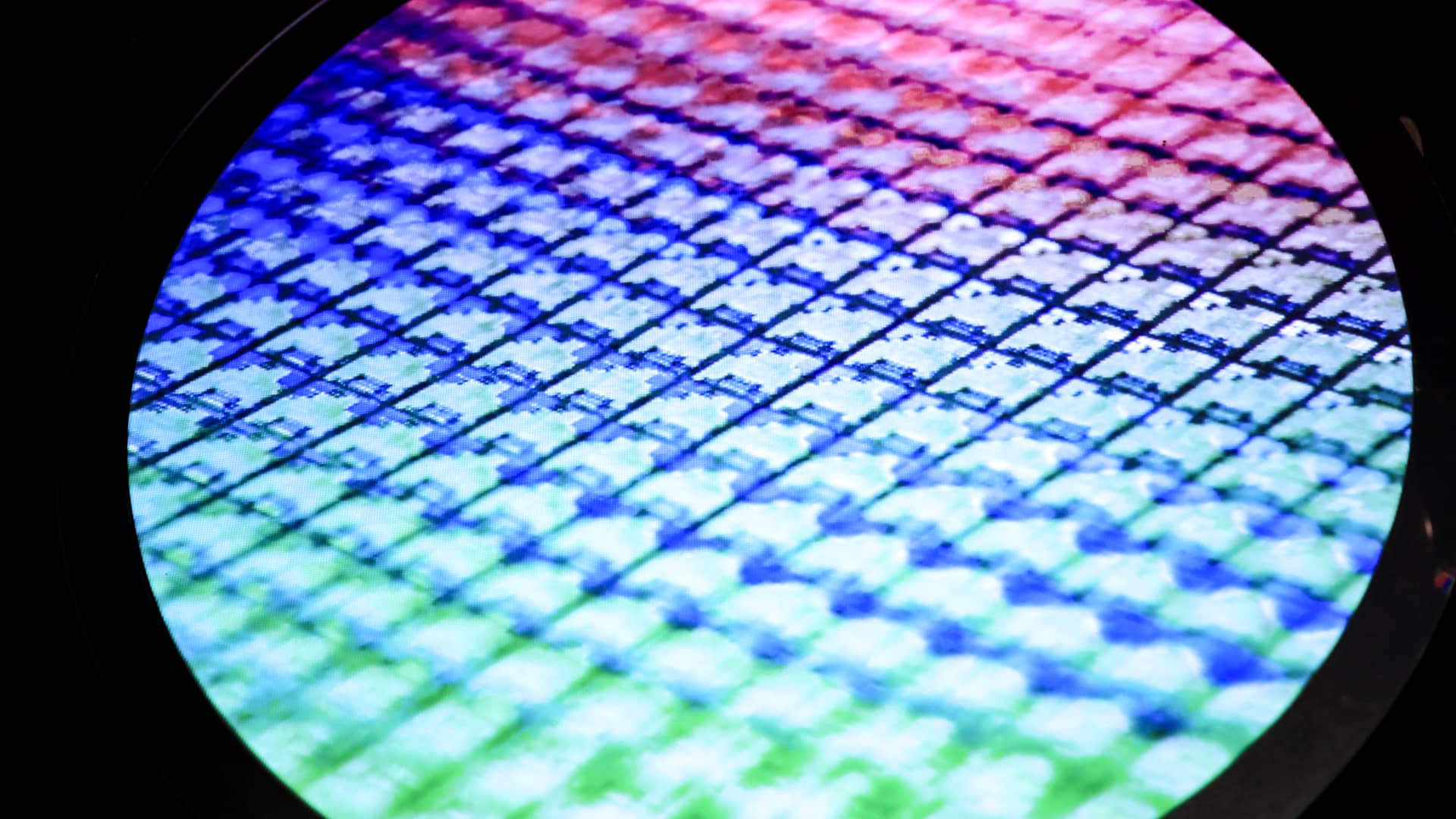
An image of a semiconductor wafer.
I-Hwa Cheng | Bloomberg | Getty Images
Russia's war in Ukraine could see the production of neon, a critical gas in advanced semiconductor manufacturing, fall to worryingly low levels at a time when the world is already grappling with a chip shortage.
Neon is required for the lasers that are used in a chip production process known as lithography, where machines carve patterns onto tiny pieces of silicon made by the likes of Samsung, Intel and TSMC.
More than half of the world's neon is produced by a handful of companies in Ukraine, according to Peter Hanbury, a semiconductor analyst at research firm Bain & Co.
Those companies include Mariupol-based Ingas, as well as Cryoin and Iceblick, which are based in Odesa.
The firms did not immediately reply to a CNBC request for comment, but Ingas and Cryoin have both ceased operations in recent weeks amid attacks from Russian forces, according to Reuters.
With world-leading Ukrainian firms having shuttered their operations, neon production is now set to fall off a cliff as the conflict drags on.
Based on estimates from consultancy firm Techcet, worldwide neon consumption for semiconductor production reached roughly 540 metric tons last year. Given Ukraine produces over half of the world's neon, the figure could fall below 270 metric tons in 2022 if the nation's neon producers remain shut.
"Of the materials used in chip-making that could see a hit to their supply from the Ukraine conflict, it is neon that poses the greatest potential challenge," Hanbury told CNBC via email.
The ongoing global chip shortage has already wreaked havoc on supply chains and led to lengthy delays for products such as new cars and games consoles like the PlayStation 5.
A potential global neon shortage now threatens to make matters even worse.
How neon is made
Neon is a byproduct of large-scale steel production.
It gets produced following the fractional distillation (a chemical separation process) of liquid air, which is the air that has been cooled to very low temperatures.
"Historically, up to 90% of the neon for the chip industry was produced as a by-product of Russian steel manufacturing and later refined by companies mainly based in Ukraine," Hanbury said, pointing to firms like Cryoin, Ingas and UMG RT.
Alan Priestley, an analyst at Gartner, told CNBC that most major chip manufacturers have several months of neon in reserve, adding that it's not a major issue for them yet.
Intel said it is monitoring the situation closely. "Intel has assessed the possible impact of the Russia-Ukraine conflict on its supply chain," a spokesperson told CNBC.
The person added: "Intel's strategy of having a diverse, global supply chain minimizes its risk from potential local interruptions. We continue to monitor the situation carefully."
TSMC declined to comment and Samsung did not immediately respond to a CNBC request for comment.
"Some smaller fabs with limited supply may be affected earlier," Priestley said. Chip manufacturers are working with their supply chains to try to minimize the impacts, he added. A fab is a chip factory, where semiconductors are "fabricated."
Preparing for a neon shortage
The global semiconductor industry has been preparing for an event like this for years.
It took crucial steps to try to limit future risks associated with neon supplies in the wake of Russia's annexation of Crimea in 2014.
"Following the Crimean annexation, the chip sector acted to cut the need for use of neon in the manufacturing process," Hanbury said. "At the same time, steps were taken to increase stocks of the gas at two points in the supply chain, so both gas suppliers and semiconductor makers each typically now have three to 12 months supply at hand."
New suppliers outside of Ukraine and Russia were also put in place by semiconductor manufacturers, Hanbury added.
"We estimate only about two-fifths of the neon used in global semiconductor production today is sourced from Russia and Ukraine," Hanbury added.
Dutch firm ASML, which makes the highly complex lithography machines used by the chip giants, reduced its reliance on neon sourced from Ukraine to approximately 20% of previous levels, Hanbury added.
A spokesperson for ASML told CNBC, "ASML recognizes the importance of being prepared in order to manage unplanned events including conflicts when they could impact our supply chain."
They added: "We continue to closely monitor the status of the conflict and are currently investigating together with our suppliers what the impact (if any) would be and to what extent our suppliers can use alternative sources if necessary."

 MikeTyes
MikeTyes 








